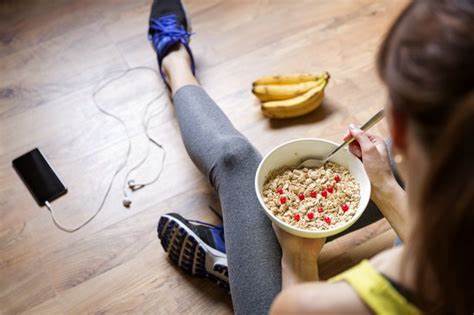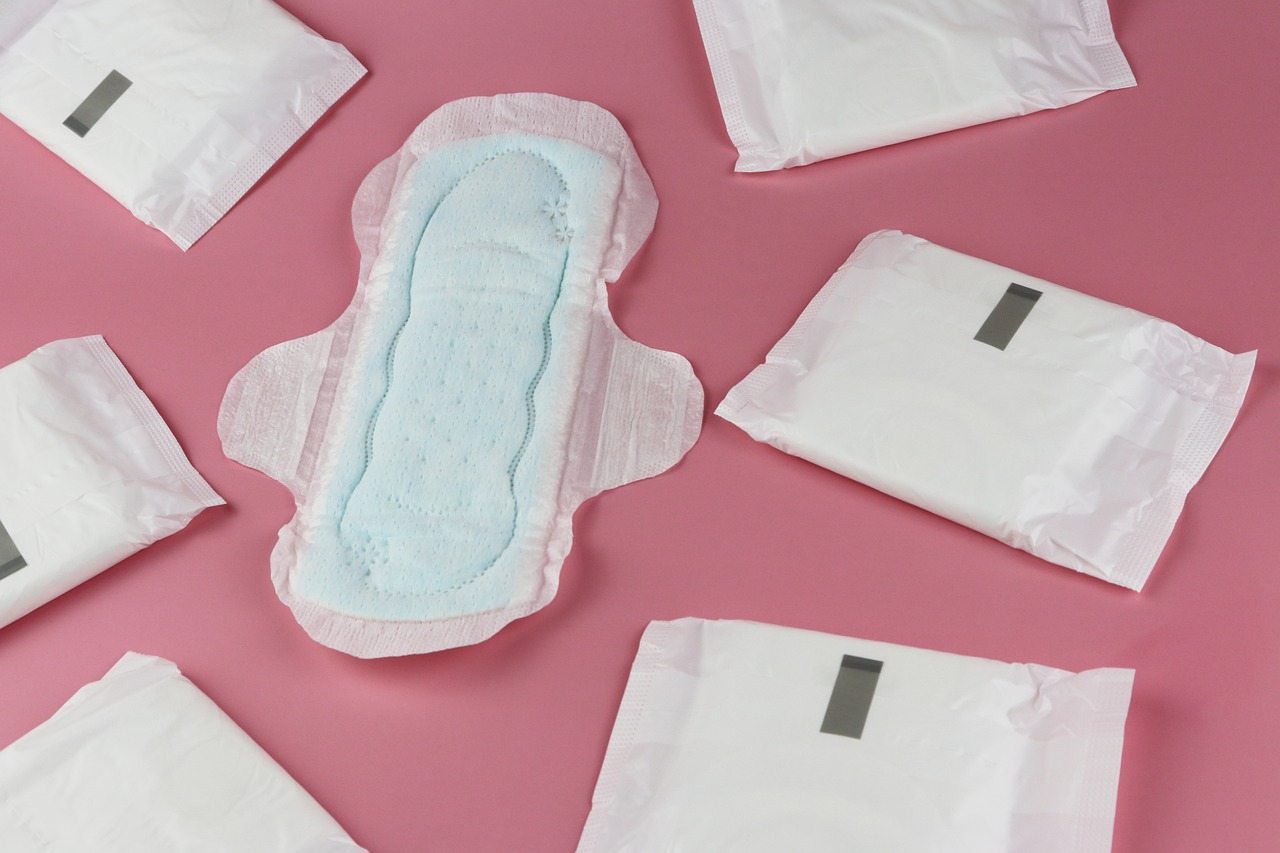Many women want to have “runner’s” legs, and the truth is that everyone can achieve long, lean legs through a combination of diet and exercise. The following article will tell you how to have such an enviable pair of legs.
Lose Weight
Lower your caloric intake. There has never been a way to lose weight by losing just one part of your body. If you want to lose leg fat, you must lose body fat by eating less and eating the right things.
- Your diet should consist mainly of fruits, vegetables, lean protein, and some carbohydrates. You can try eating more protein with each meal to keep you full longer, such as eggs, fish, turkey, and chicken, or some vegetarian options like tofu or tempeh.
- Reduce your intake of sugar and some pointless carbohydrates. These foods are high in calories, low in nutrients, and tend to be stored as fat if the calories are not burned immediately. In particular, avoid eating these foods late at night because your body won’t have enough time to burn off these calories before you go to bed.
- Read food labels. You’d be surprised how much extra sugar has snuck into your diet through bread, salad dressings, sauces, and the like you buy at the grocery store.
- Buy healthy food, eat healthy food. Get rid of these temptations by eliminating junk food and sweet treats from your home, and you can store these types of foods that you can then use on special occasions. If you crave something sweet like chocolate, buy smaller portions to avoid overeating.
Keep a food journal. Studies have shown that people who keep track of what they eat every day are more likely to lose weight and avoid unhealthy eating. This is because when you write it down, you take on such a sense of responsibility and it becomes less likely to make a choice you regret.
- Try using an online food diary/calorie calculator like My Fitness Pal or Calorie King. Some of these services can also be downloaded to mobile phones.
Adequate water can keep you feeling full, replenish muscles after exercise, increase your energy levels, and help maintain normal bowel function. You should drink 7 to 8 glasses of water every day.
- If you struggle with overeating, try drinking a glass of water before each meal. This will fill your belly to some extent and help control your intake.
- Remember, salt, caffeine, and alcohol can dehydrate you and leave you in a thirsty state. You can drink a glass of water to offset each serving of coffee, caffeinated tea, or alcohol to prevent dehydration.
Get enough sleep. People with insomnia often feel tired and need to eat more to make up for the lack of energy. Some people need more sleep than others, but you should try to get 6-8 hours of sleep every night.
- Research shows that people who sleep less than 6 hours a night are 30% more likely to be obese than people who sleep 7-8 hours a night.
Avoid stress. Some stress is inevitable, and chronic stress can lead to weight gain by releasing the hormone cortisol, which increases appetite and helps store fat. If possible, eliminate people, activities, or objects from your life that cause you stress.
- If you suffer from chronic stress, try to find activities that help you relax your head. Spend more time doing things you enjoy and consider doing mind-friendly activities like yoga or meditation.
- Regular exercise can also help relieve stress. Next time you feel anxious or nervous, go for a walk or hit the gym.
Make Your Body Strong
Aerobic exercises like hiking, swimming, jogging, swimming, cycling, boxing, and dancing can burn your calories, speed up your metabolism, and make your legs healthier at the same time. Do these aerobic exercises for at least 30 minutes each time, 4-5 times a week.
- Make small changes to your lifestyle to include more activity in your day. Simple things like walking instead of driving to your destination or taking the stairs instead of taking the elevator can help elevate your heart rate.
- Choose a sport you enjoy. If you enjoy doing the exercise, it will be easier for you to do it regularly over the long term.
- You don’t need to complete the entire workout in one sitting; breaking your workout into several 5- or 10-minute chunks can be just as effective.
Do fitness exercises. Pilates and yoga are the perfect way to make a woman’s entire body healthier, helping to build long, lean muscles without excess fat. If you’re a gym member, you can participate in leg-focused cardio exercises including step classes, cycling, total body conditioning, Zumba, and more. You can also try these leg-specific exercises:
- “Bending motion”. Stand with your feet shoulder-width apart and toes pointed out like a ballerina. Bend your knees, then lower down until your knees are just over your toes, then rise. Repeat one set 10-15 times, for a total of 3 sets.
- “Calf exercise”. Stand with your feet shoulder-width apart and hold a 2-5kg dumbbell in each hand. Slowly raise your ankles, balancing on the balls of your feet, then lower your ankles. Do a set of 10-12 times for a total of 3 sets.
- “Leg Leap Movement”. Stand with your legs hip-width apart and place your hands on your hips. Take a large step forward with your right foot, bending your left knee until it almost touches the ground, then return to a standing position and repeat this movement, but this time step forward with your left leg. You can walk from one end of the room to the other and back.
Building muscle does not mean losing weight. Exercises like jumps and squats can help tone your leg muscles, but they won’t reduce fat. The only way to lose weight is to lose total body weight through diet and aerobic exercise.
- More muscle mass helps you burn calories, even while you’re resting. Therefore, it is important to do some strength training when dieting to lose weight, but do not rely solely on strength training to lose weight.
Tips
- Be very careful when using exercise equipment.
- If you are not physically active or have a medical condition, be sure to consult your doctor before starting a new diet or exercise program.



